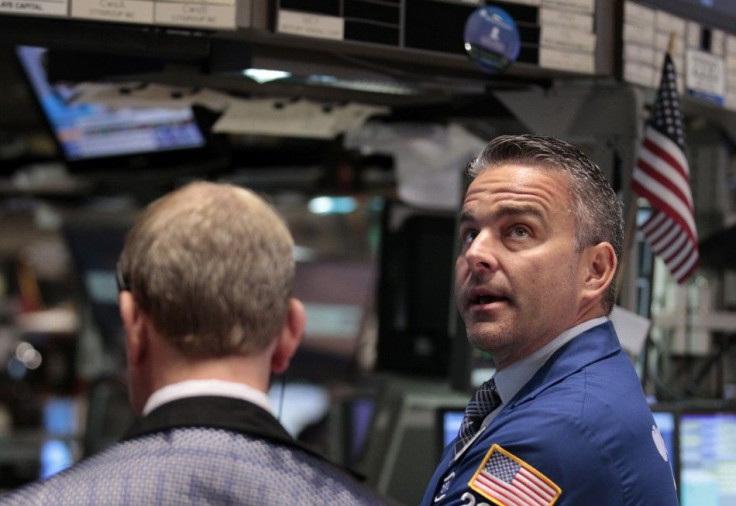U.S. Stocks are Cheap, This Rally Will Last: Analysts

After getting hammered in August and September, U.S. stocks have staged an impressive rally since the afternoon of Oct. 4.
From the Oct. 3 closing, the S&P 500 Index has so far rallied 8.7 percent, the Dow Jones Industrial Average climbed 7.3 percent, and the Nasadq Composite rose 6.9 percent.
Some experts believe that Oct. 3 was indeed the bottom of the 2011 market decline and that the current week-long rally will last.
Tony Dwyer, director of research at Collins Stewart, has one main investment thesis: the U.S. stock market has priced in an economic recession when one is not likely to come.
Once the recession threat passes, earnings should support higher stock prices, he told CNBC. He predicts a year-end rally that will take the S&P 500 above 1,400.
John Buckingham, chief investment officer at Al Frank Asset Management, cited attractive valuations and a prolonged period of low interest rates as pillars of the bullish investment thesis he shared with CNBC viewers.
He recommended dividend paying stocks, which he said have historically outperformed non-dividend paying stocks with less volatility.
What Dwyer and Buckingham did not address, however, is the European debt crisis.
Analysts who are bearish on the stock market often cite Europe as the reason.
Douglas Ramsey, chief investment officer at Leuthold Group, told Bloomberg TV that the European debt crisis and its impact on the global financial system will likely take the S&P 500 down to about 975 in a few weeks.
He does not believe an economic recession is coming, but argued that a financial crisis alone can take U.S. stocks to such levels.
© Copyright IBTimes 2025. All rights reserved.





















